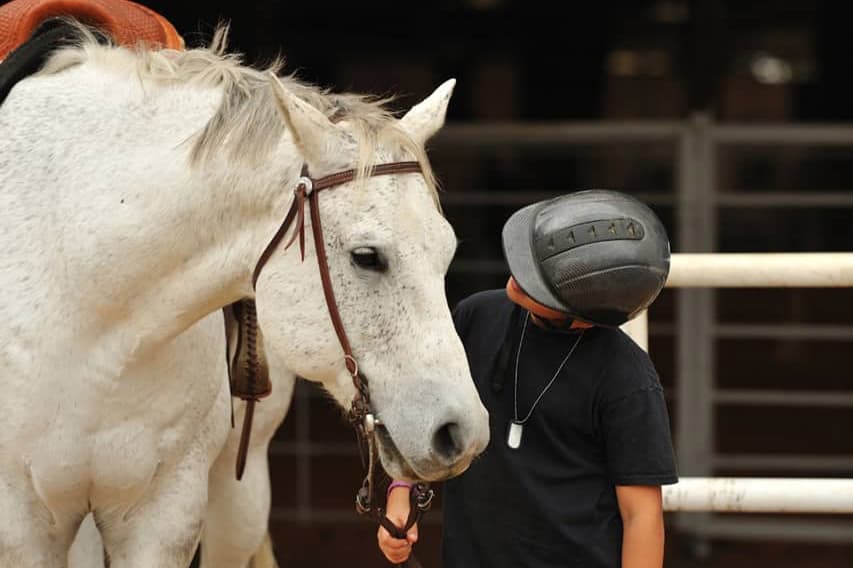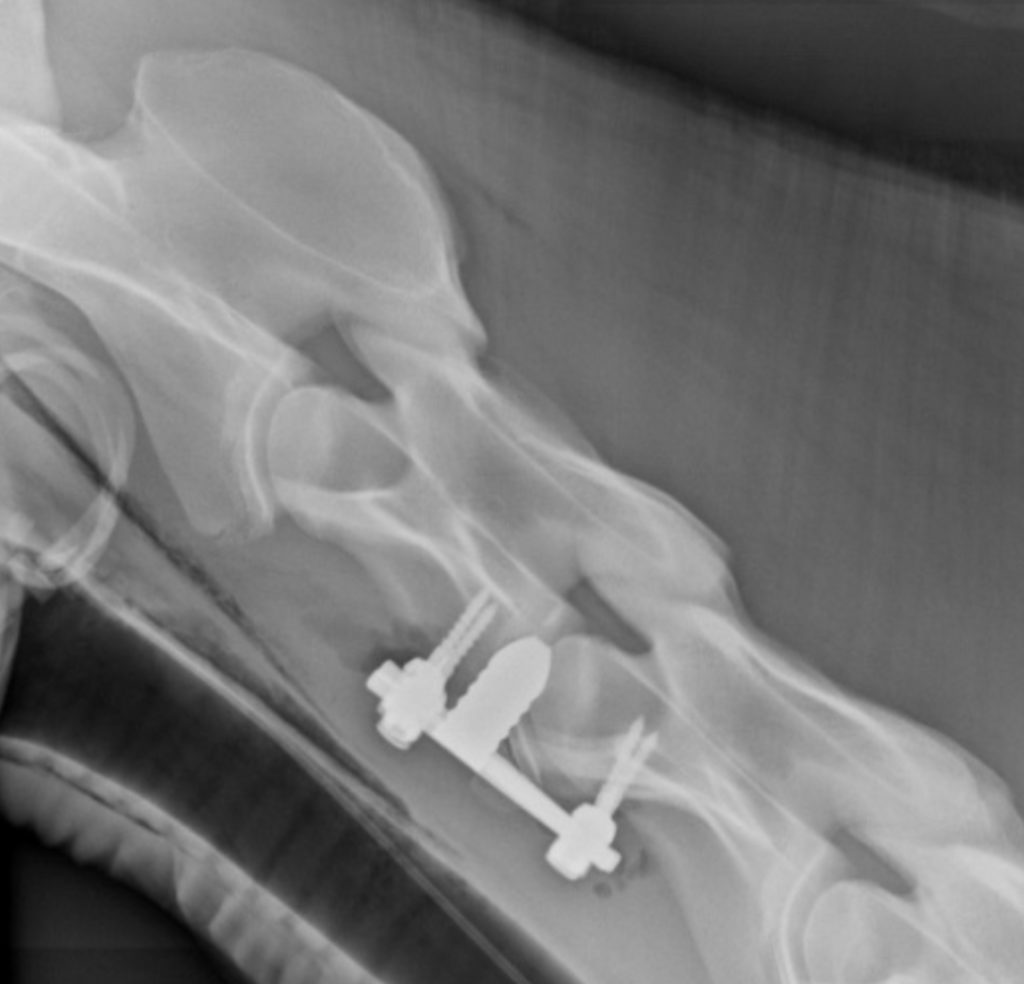
Marine-Derived Minerals Might Improve Equine Bone Density
One researcher saw bone changes in racehorses in training who received a supplement containing marine-derived minerals.

One researcher saw bone changes in racehorses in training who received a supplement containing marine-derived minerals.

A good lesson horse is a valuable member of any riding program. Our sources share tips on keeping these trusty steeds happy and healthy.

Whatever your horse’s job, his joints keep him moving. But osteoarthritis can stop a horse in his tracks. Here’s what to know about this debilitating condition.

Research suggests that bisphosphonates can effectively help control clinical signs associated with navicular syndrome in horses, but there’s less research on off-label use. Here’s what to know.

Researchers recently found that, despite what can be an arduous first year of transition, healthwise, owners are overwhelmingly very satisfied with their horses and most said they’d buy an OTTB again.

Scientists are exploring how 3-D-printed scaffolds can help turn equine induced pluripotent stem cells into bone, which, they say, paves the way toward laboratory production of bone constructs that could ultimately aid fracture repair in horses.

Arthroscopic pastern bone chip removal in horses had no significant impact on Thoroughbreds’ racing performance, researchers found.

Address the entire horse, not just the injury, when bringing a patient back to work, veterinarians say.

Researchers developed the new method for horses based on work conducted in humans. The procedure involves two stabilization devices: an intervertebral device to reduce compression and screws with rotating heads and connecting rods to stabilize the vertebrae.

Intra-articular (administered into the joint) polyacrylamide hydrogel helped decreased lameness in horses with naturally occurring arthritis, researchers found.

While there was no significant difference in outcome between patients treated conservatively compared to surgically, the overall prognosis for long pastern bone damage in sport horses remains guarded, researchers said.

Bisphosphonates are FDA-approved for controlling clinical signs associated with navicular syndrome in horses ages 4 and older. Some veterinarians use them off-label to treat other equine bone issues. But could this off-label use be detrimental? One equine veterinarian recently gave a rundown on what research says.

Researchers confirmed that ultrasound is a useful and economical screening tool to identify humeral stress fractures and can be used with radiography to monitor healing.

How does a trainer explain a retired racehorse’s previous injury to a potential buyer? Two veterinarians and a three-day eventer weigh in.

Determining why a horse isn’t performing up to expectations can be a time-consuming and tedious process. One veterinarian shares how she approaches these cases.

Osteoarthritis can hinder and even end the athletic careers of otherwise healthy horses. Learn more about early intervention and management during our webcast.
Stay on top of the most recent Horse Health news with
"*" indicates required fields